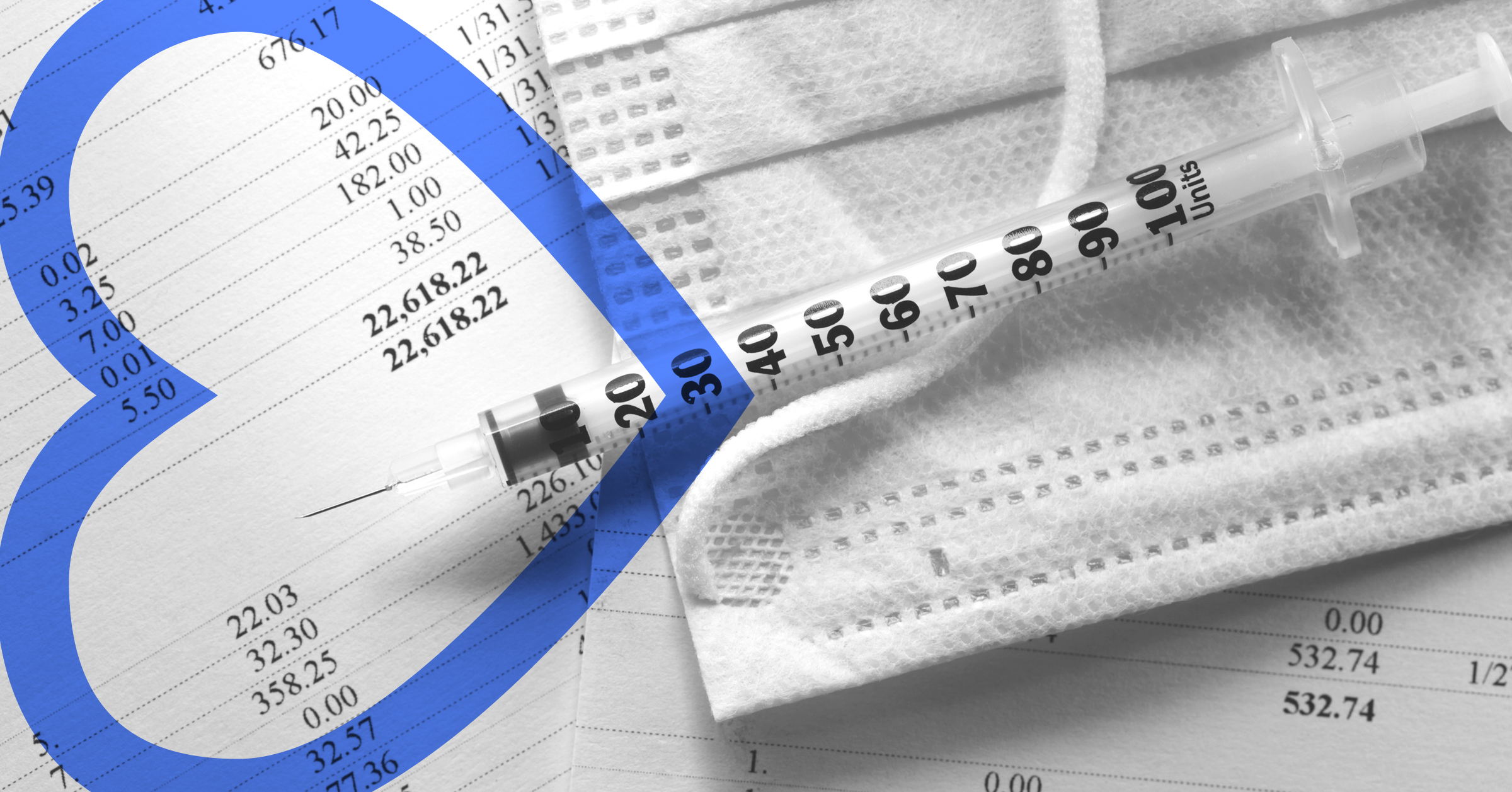
SHARE:
[DISPLAY_ULTIMATE_PLUS]
While a surge in coronavirus patients overburdened many ICUs and emergency departments, others remained virtually empty.
A staggering two-thirds of physicians experienced a 50 percent decrease in office visits and a 70 percent decrease in elective surgeries. And many patients delayed emergency care for fear of exposure to COVID-19. Health systems have lost billions of dollars in revenue in just the first half of 2020.
Dangerously delayed care
Patients have suffered, too. A lack of consistent access to care has delayed screenings and treatment for chronic conditions. For others, a lack of confidence in the healthcare system kept them home. Stepping into the hospital felt like a greater risk than enduring their symptoms.
When San Francisco-based writer Aisling Carroll collapsed on her living room floor with precipitously low blood pressure, she knew she needed to go to the emergency room. But she wondered whether she would further burden overworked medics and whether it would be safe.
“Would the hospital be teeming with people who might have COVID-19 like I saw on the news?” she said. “If I got COVID-19, would I survive it? And what if I passed it on to my 72-year old mom?”
Her sentiment echoes that of patients around the country.
Dr. Biykem Bozkurt, president of the Heart Failure Society of America and a cardiologist at Baylor College of Medicine in Houston says that patients incorrectly assumed that the health care system was overstretched and without capacity at the height of the coronavirus pandemic.
“This may have created a false sentiment that routine care is to be deferred or that there is no capacity for non-COVID patients — this is not the case,” Bozkurt said in an interview with Kaiser Health News. “We would like our patients to seek care, not wait.”
Revenue recovery begins with communication
As health systems initiate revenue recovery efforts and prepare to resume normal operations, providing reassuring patient communication will predicate success. Patients need to know that it’s safe to return. And they need to know what their providers are doing to keep it that way.
WELL is uniquely positioned to help health systems communicate with patients throughout the phased re-opening. Here’s why — we’re already reaching patients in a medium they’re familiar with: texting. WELL processes more than 500 million patient interactions every year.
When health systems communicate with patients through WELL, messages come from the individual practice number, a number patients recognize and trust. More importantly, whether the message is an appointment reminder or pre-appointment instructions, the initial outreach opens an avenue of communication. Patients can text back with questions and rebuild confidence in their providers to continue providing excellent care.
A guide to revenue recovery after COVID-19
WELL supports multiple workflows for patient communication and revenue recovery in a post-COVID landscape. Each targets a unique set of patients with tailored messaging to help you achieve your objectives.
COVID-19 has presented an entirely new set of challenges and new workflows. The phased reopening will require experimentation and adjustment. WELL has the agility to help you respond in real-time. And we offer effective configurations to accommodate the uncertainty.
Download our free Revenue Recovery Playbook for more information on how to re-engage patients and recover lost revenue in your phased re-opening. It is vendor agnostic, and offers messaging you can use in any patient communication platform. We’re here for you. And we’re here for your patients, too. ♥

